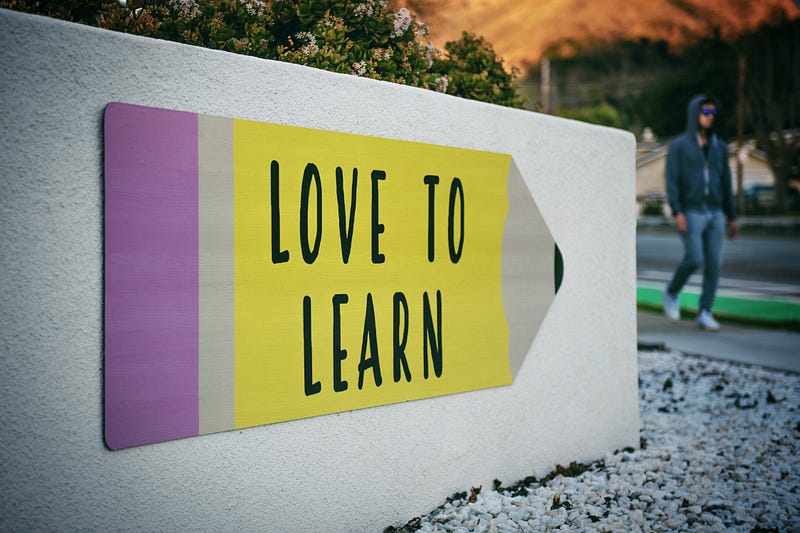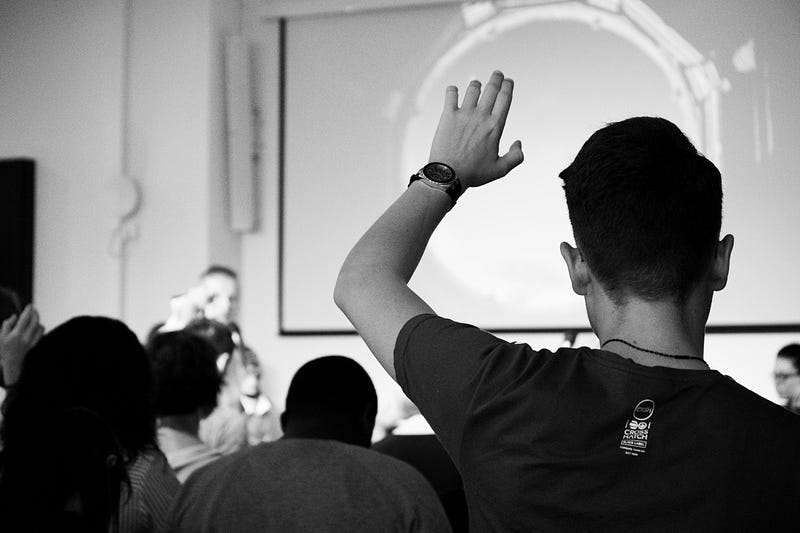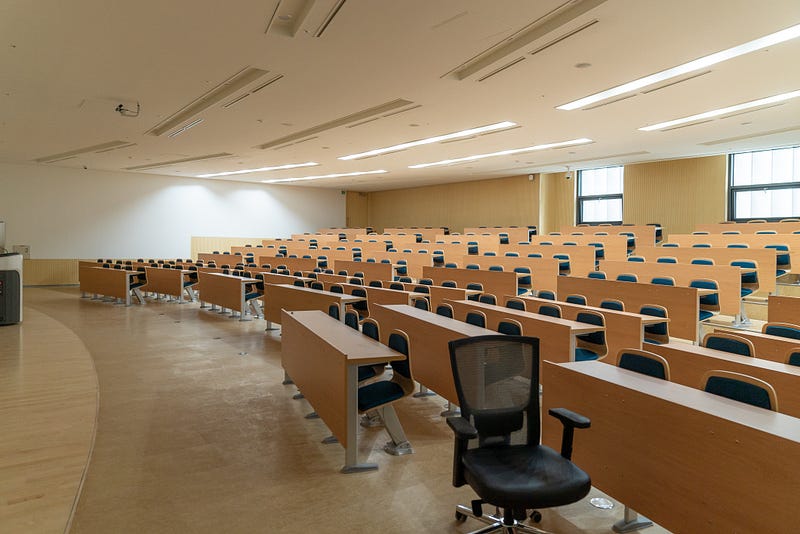What the Shift to Remote Learning Can Teach Us About Teaching
Who could have predicted this end to the Spring 2020 semester? If your future-self had shown up on February 1 to warn you, would you have believed them?
Note: we shifted our residential classes to remote learning, not to online learning. Online classes are designed to be online with all of the supporting materials for the students and (hopefully) thoughtfully planned digital assignments. Remote learning this semester — I think we just made it up on the fly! Look around online and you can see all sorts of teachers discussing and struggling with the transition.
My background: I have been teaching residential classes for over 10 years, but I also have taught online and been the Subject Matter Expert (SME) designing online courses so I am familiar with both types of teaching.
Online and residential teaching have strong positives, but of course each has some negatives. Ideally, we can use the goods from each of them to improve the bads in each of them. Last Fall, I used some of the lessons from teaching online to enhance my residential classes. Even so, this unexpected mid-semester transition further clarified the good and the bad of both online and residential teaching. And it showed me how I can do both better in the future.
3 Things Online Does Well
First, organization. Each week is broken down into a module which clearly spells out what preparation the student needs to do and then what assignments are required.
Second, videos. Studies have shown that this may be a key factor of the success of online education. Why this may be is not known. Some possible theories?
- The students can rewind and re-watch as much as they need.
- Or, maybe this generation prefers videos to textbooks. Even if we can prove people learn better when they read, they definitely learn better from videos if they are willing to watch the videos and not willing to do the reading.
- It could be that some studies have investigated if getting two sources of information, video and audio, that make a difference.
- Or, most likely some combination of these factors.
Third, flexibility with time. The time pf day the student does the work and how long they spend on the work are under their control, within the restrictions of any due dates for their assignments.
2 Things Online is Missing
First, a lack of personal touch and connection with the professor. Having a good bond can be important to the learning process and heighten the level of student satisfaction.
Second, structure, the flip side of flexibility. During this time of remote teaching, students who had not chosen to do online but were now in an online environment complained how hard it was to do the work without their routine and school environment. When a week stretches out in front of you, it can be difficult for some to sit down and do the work.
3 Things Residential Does Well
First, creating the connection between student and professor. We can all probably recall an exception or two to this from a less than involved professor, but likely our favorites were those we felt cared about our learning.
Second, fostering interaction among students. That lack of camaraderie was another complaint by students forced into the remote learning experience. In a residential class, we can include in class group exercises to make class more interesting and active.
Third, immediate feedback. Online classes do have discussion boards and other tools but the standard practice is for all of online to be asynchronous. Since there is no one time where everyone comes together, the ability to get immediate feedback like you do in class is missing. In a residential class, it can take less than a minute to clear up confusion that may take days of emails and discussion board posts to accomplish online.
2 Things Residential is Missing
First, a clear road map for learning, speaking from my own experience. A typical instruction to a student to prepare for class is, “Read chapter 3.”
Students new to a subject can be overwhelmed by the amount of material covered in a chapter and not know how to process what is important. But the professor will be in class and can discuss everything live, so the need to have a written out, carefully planned step by step process is easily overlooked. They’ll get it in class, right?
Second, engaged students. For some, it is easy not to take agency of the learning process but instead be lulled along (to sleep?) during class time. They do little work outside of class and hope to get by with what they pick up in class.
These two issues go together — a passive student is not looking for how the material fits together in a way they can mentally internalize.
The Plan Before Covid: Keep the Good, Fix the Bad
Starting Fall ’20, I decided to improve my residential classes by adding the online class practices of organization and videos to Blackboard, the Learning Management System we use as our digital classroom .
However, I did not think to include a clear trail of learning objectives for the student to follow to best direct their learning time thinking I would direct them in class — what I now see is a weakness of residential classes.
I did try to fix the other residential weakness — unengaged students— by having short online vocabulary quizzes due before class and a short homework for them to bring to class.
Both assignments encouraged them to look at the material before class. They did not have to totally understand it, but it started them having to think and should mean they did not show up to class cold, expecting to be spoon fed the material. This familiarity with the chapter, even if understanding came later, primed them to be better able to make sense of the key points in class and get more out of the in class work.

The Plan After Covid: Remote Learning Showed What Was Missing
My discovery: my residential classes need more direction built in and my online classes need more connection.
Once remote learning started, I had no way to direct their learning. I found myself adding to each week’s folder a road map.
I would describe each learning objective and detail the page numbers, Power Point slides, and videos that could help them master the concept. This helps make the most efficient use of the students’ time encouraging them to be active in their learning. And it breaks down the material into more manageable pieces. This I will definitely add to my residential classes.
Another new feature I experienced in remote learning was a weekly live session with the students, ostensibly to review the homework but primarily to maintain the connection of a residential class. Having had that experience, I definitely want to include at least one session like that in the beginning of any future online classes to foster camaraderie. Also, I will hold office hours that way, too, to enhance a feeling of connection.
Before the sudden transition to remote learning, I thought I had incorporated the best of online into my residential classes, but now I see I had further to go. And the weekly live sessions taught me how to fix my biggest complaint with online classes — disconnection. We never know what life will bring but we can always learn from it.




